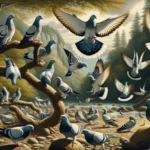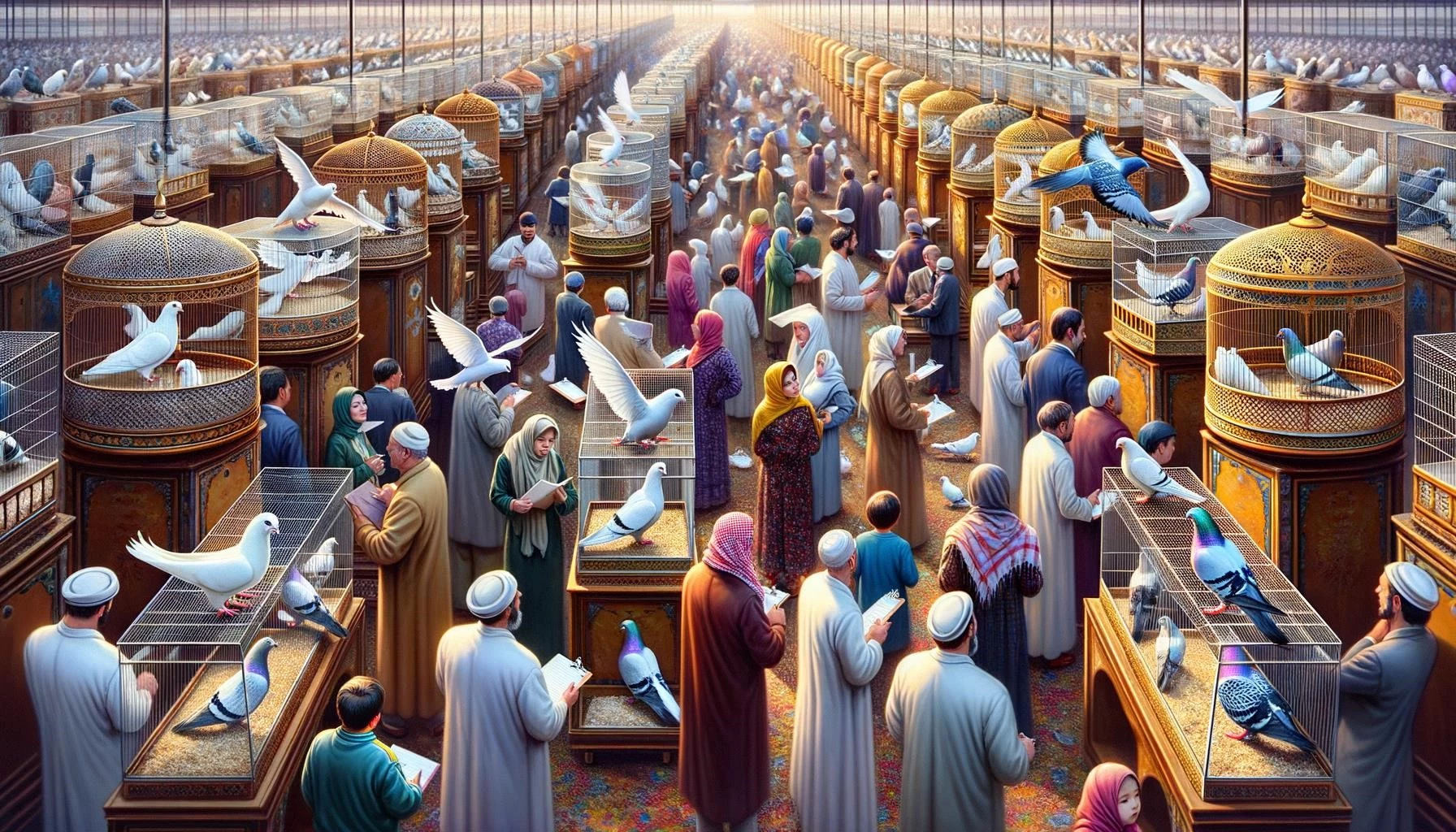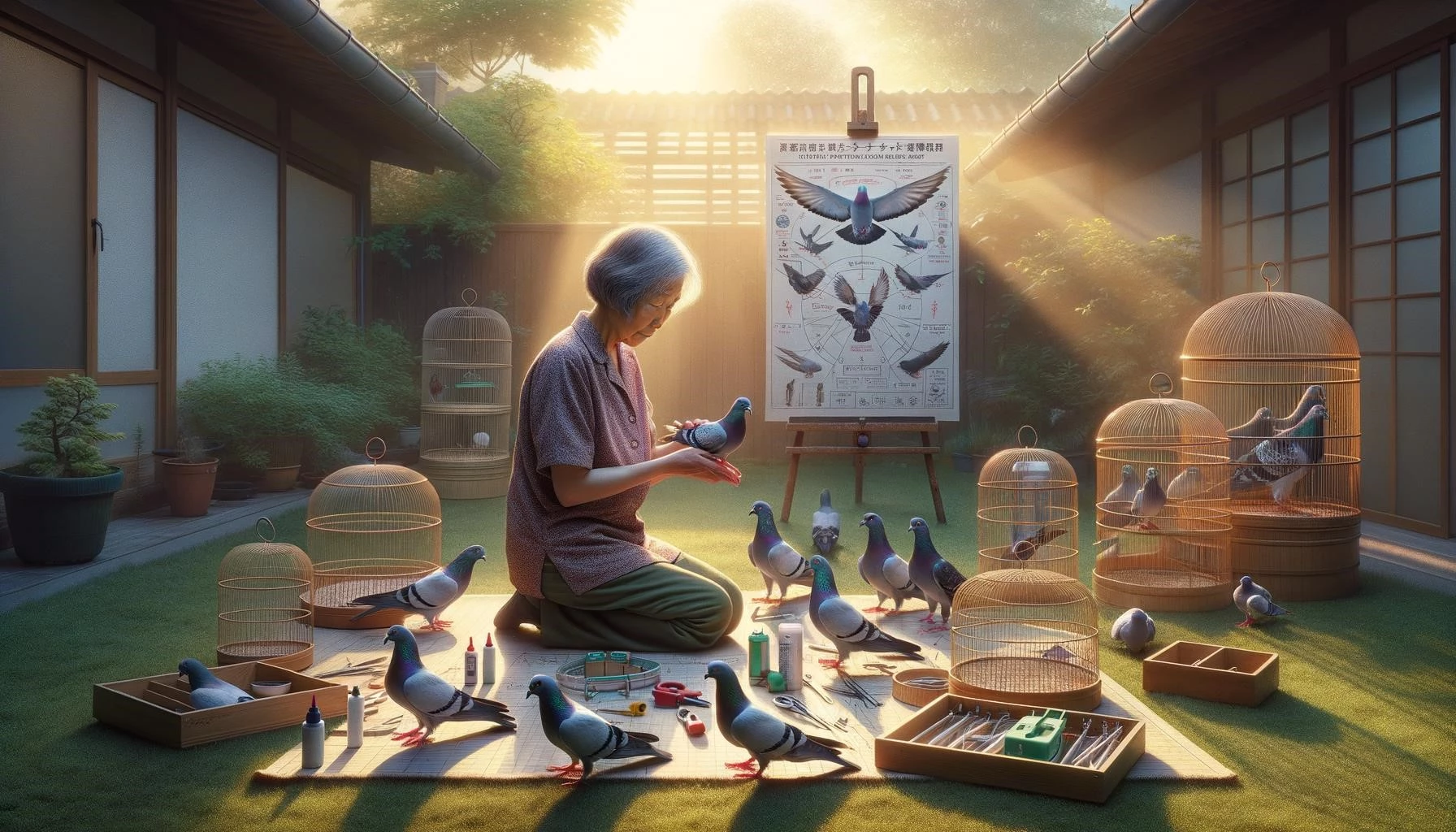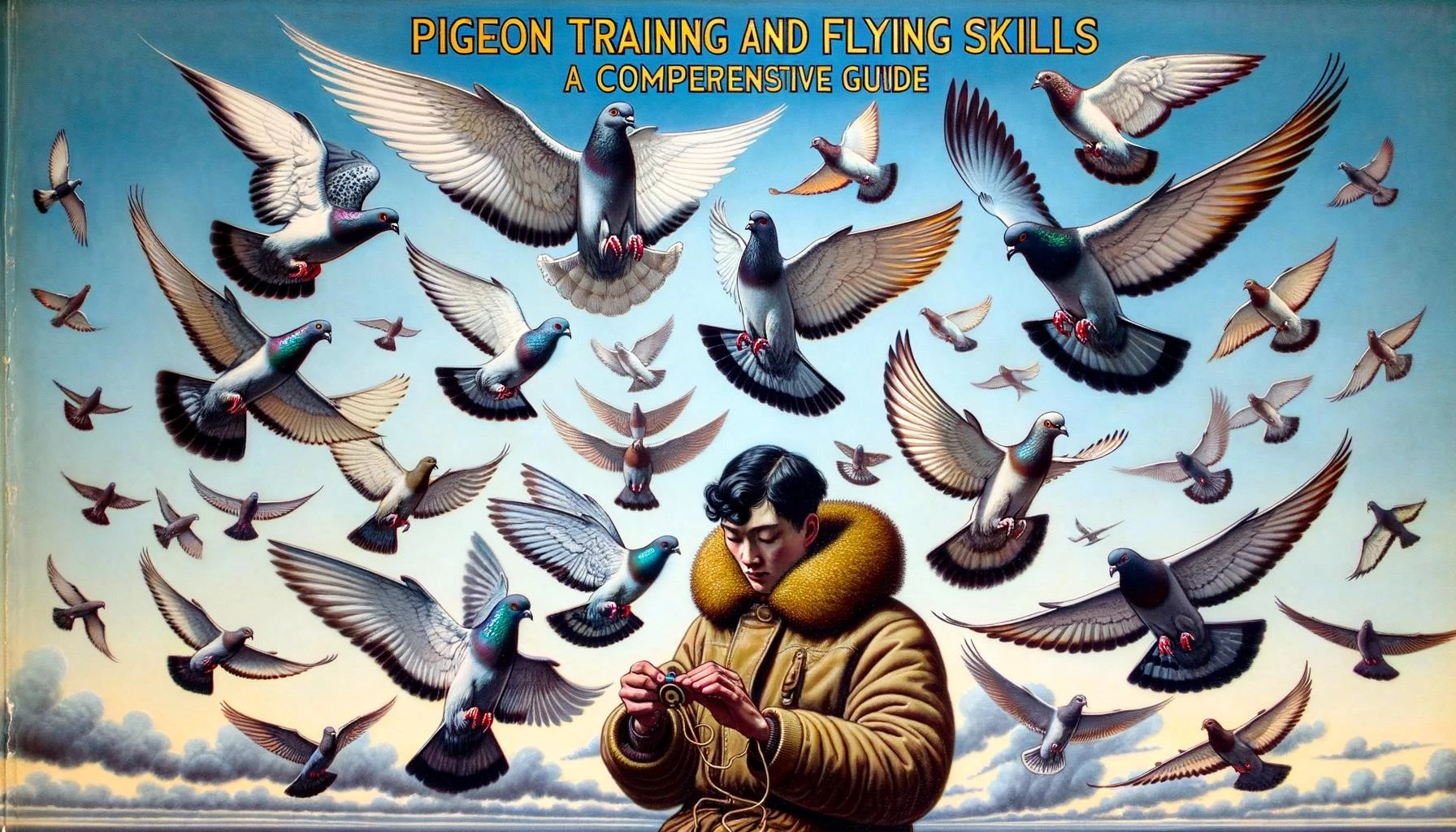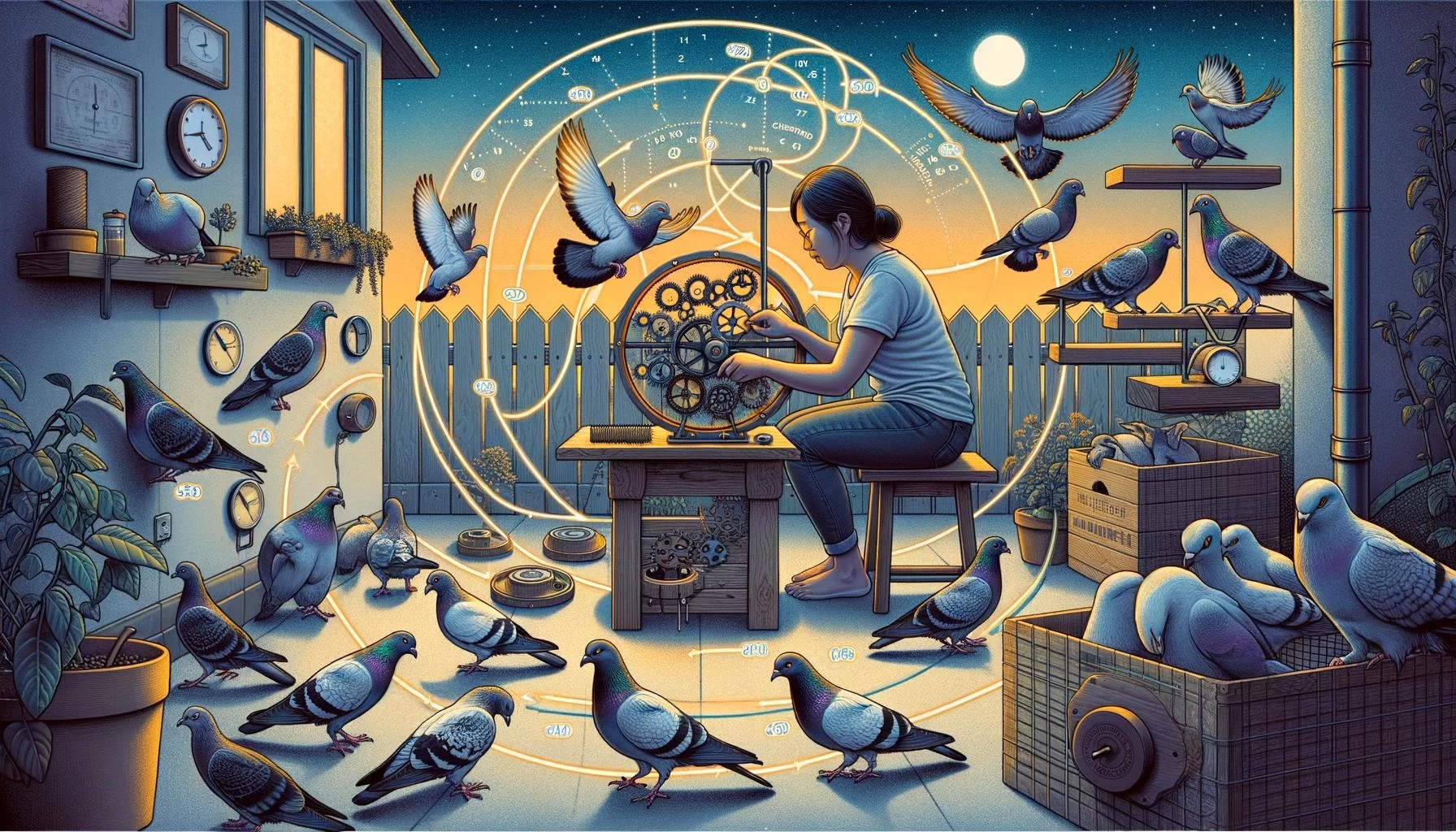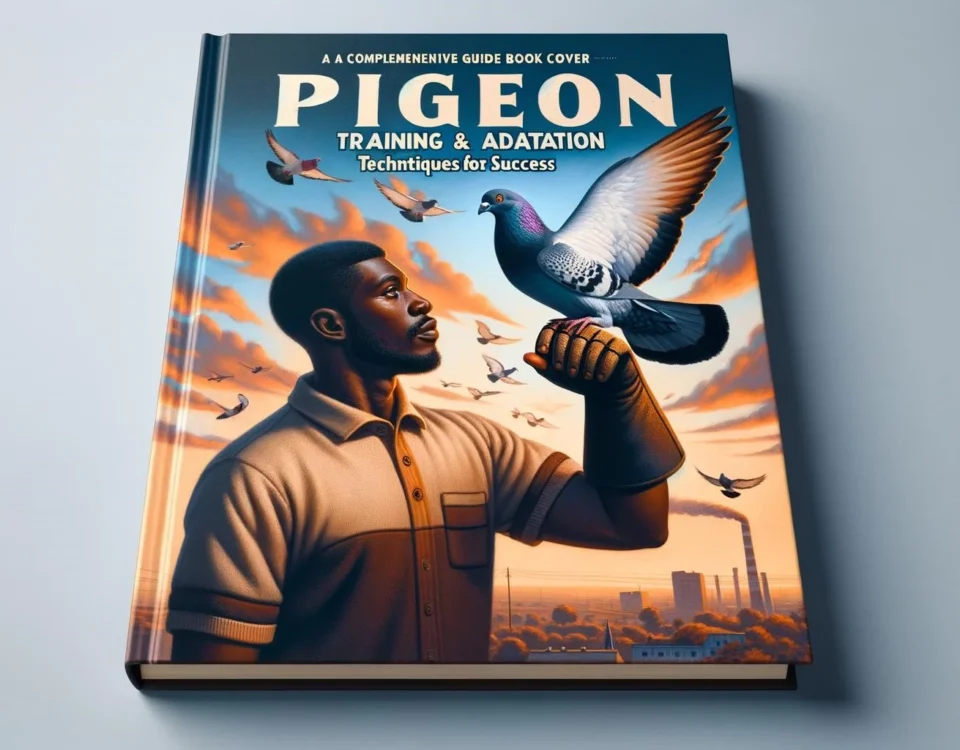Pigeon training for shows is an art that requires patience, dedication, and a deep understanding of these remarkable birds. Show pigeons are bred for their specific traits and features, and training them to showcase those qualities is essential for success in the competitive world of pigeon shows. In this article, we will explore the key aspects of pigeon training for shows, including the minimum age for training, training techniques, and the importance of conditioning and grooming. So, let’s dive in!
Key Takeaways
- Pigeon training for shows requires patience, dedication, and a deep understanding of the breed’s specific traits and features.
- The minimum age for training homing pigeons is usually around 6 to 8 weeks old.
- Training techniques for show pigeons may include conditioning, grooming, and teaching them to perform specific actions or poses.
- Proper nutrition, housing, and regular exercise are also important factors in training pigeons for shows.
- Show pigeons should be socialized and exposed to different stimuli to ensure they are comfortable and well-behaved during competitions.
Minimum Age for Training Homing Pigeons
The minimum age for training homing pigeons for shows can vary depending on individual circumstances and goals. However, it is generally recommended to start training homing pigeons when they are around 6 to 8 weeks old. At this age, young pigeons have developed enough strength and coordination to fly short distances and begin learning basic training routines.
During their first few weeks of life, homing pigeons primarily rely on their parents for feeding and care. As they grow older, they start exploring their surroundings and develop independence. This is the ideal time to begin introducing them to the training process.
Training Techniques for Show Pigeons
Training show pigeons for competitions involves various techniques to ensure they are in peak condition and can showcase their best qualities. Here are some important aspects of training techniques for show pigeons:
1. Conditioning: Conditioning is crucial for show pigeons to develop strong muscles, stamina, and good health. Regular exercise, such as flying and loft training, helps build their physical strength and agility.
2. Grooming: Show pigeons require proper grooming to maintain their appearance and show off their unique features. This includes regular feather maintenance, bathing, and cleaning their eyes, beak, and feet. Grooming sessions also help strengthen the bond between the trainer and the pigeon.
3. Poses and Actions: Show pigeons are often trained to perform specific poses or actions that highlight their best features. This may include spreading their wings, puffing up their chest, or walking gracefully. Training them to respond to specific commands or cues can help achieve these desired poses and actions.
4. Socialization: Show pigeons should be exposed to various social interactions and stimuli to ensure they are comfortable and well-behaved during competitions. This includes introducing them to different environments, people, and other animals to reduce stress and increase their confidence.
Nutrition, Housing, and Exercise
To ensure the overall well-being and optimal performance of show pigeons, proper nutrition, housing, and exercise are essential.
1. Nutrition: Providing a well-balanced and nutritious diet is crucial for the health and development of show pigeons. High-quality pigeon feed, supplemented with additional vitamins and minerals, can help support their growth, feather condition, and overall vitality.
2. Housing: A spacious and clean loft is essential for show pigeons to thrive. The loft should provide adequate ventilation, natural light, and protection from predators and extreme weather conditions. Each pigeon should have its own comfortable space within the loft to ensure they feel secure and content.
3. Exercise: Regular exercise is important for show pigeons to develop physical strength, endurance, and proper flying abilities. Providing opportunities for free flight or letting them out in a safe and enclosed area allows them to stretch their wings and maintain their natural instincts.
Conclusion
Training pigeons for shows requires a combination of knowledge, skill, and dedication. By starting the training process at the appropriate age and using effective techniques, trainers can groom show pigeons to showcase their best qualities and compete in pigeon shows successfully. It is important to prioritize the overall health and well-being of the pigeons through proper nutrition, housing, exercise, and socialization. The process of training show pigeons is a rewarding experience that allows both the trainer and the birds to develop a strong bond and achieve excellence in the competitive world of pigeon shows.

